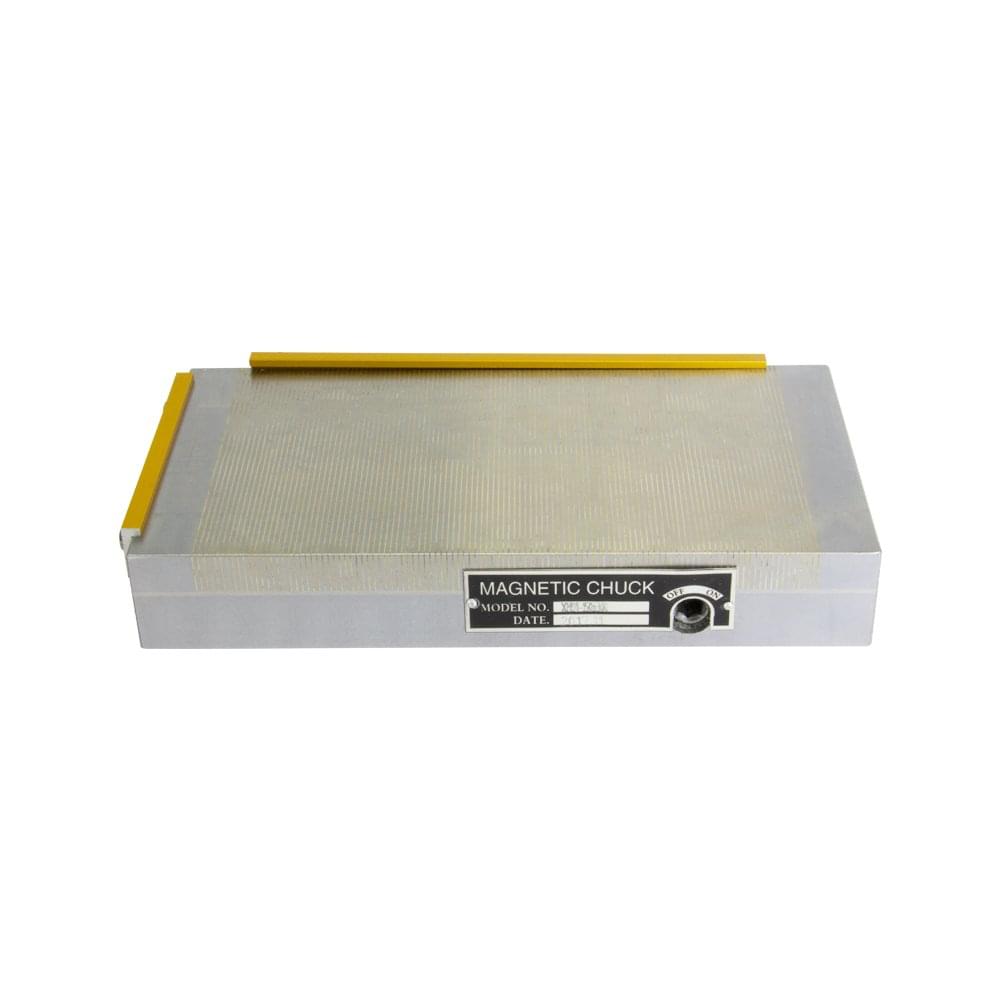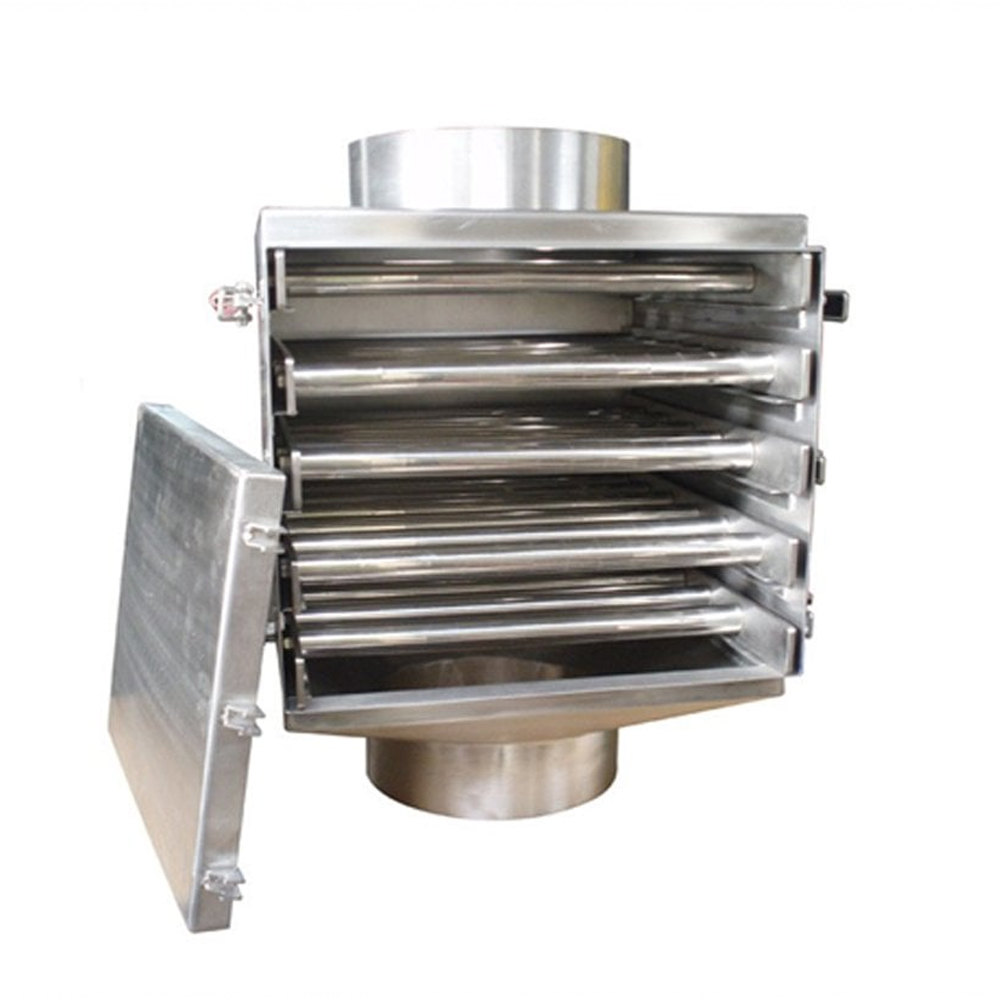Every one of our magnets has a ‘pull’ rating measured in kilograms and this relates to how much force acting perpendicular to the magnet is required to pull the magnet from a steel plate or equal thickness when indirect, flush contact.
The ‘pull’ rating is obtained under the owing ideal conditions:
- The testbed steel plate is thick enough to absorb all the magnetism. (typically 50mm thick)
- It is clean and ground perfectly flat.
- The pulling force is slowly and steadily increased and is absolutely perpendicular to the magnet face.
In actual real-life applications, these perfect conditions are unlikely and the following factors will reduce the given pull strength of your magnet.
Steel Thickness
If a magnet needs the contact steel to be 10mm thick to absorb all the magnetism and deliver maximum pull, then fixing the magnet to a 1mm thick sheet steel surface will result in 90% of the magnetism being wasted and the actual pull delivering only 10% of its capability.
To test if the contact steel is thick enough to absorb all the magnetism from a given magnet, simply fix the magnet in place and then offer a small steel plate behind the contact steel, directly behind the magnet and if it sticks, then it is being held in place by stray magnetism which is breaking out from insufficiently thick steel.
If it falls away, then the contact steel is absorbing and conducts all the magnetism, and increasing the thickness of the steel will not increase the ‘pull’ from the magnet.
Air Gap
If the contact steel is rusty, painted, or uneven, then the resulting gap between the magnet and the contact steel will lead to a reduced ‘pull’ from the magnet. As this gap increases, the pull decreases using an inverse square law relationship.
Sheer Force
It is five times easier to slide a magnet than to pull it vertically away from the surface it is attracting to. This is entirely down to the coefficient of friction which is typically 0.2 for steel-on-steel faces. Magnets with a rated pull of 10kg will only support 2kg if they are being used on a vertical steel wall and the load is causing the magnets to slide down the wall.
Temperature
Subjecting a magnet to temperatures above its maximum operating temperature will cause it to lose performance that won’t be recovered on cooling. Repeatedly heating beyond the maximum operating temperature will result in a significant decrease in performance.
Material
All pull tests use mild steel as contact steel. Alloy steels and cast irons have a reduced ability to conduct magnetism and the pull of a magnet will be less. In the case of cast iron, the pull will reduce by as much as 40% because cast iron is much less permeable than mild steel.


